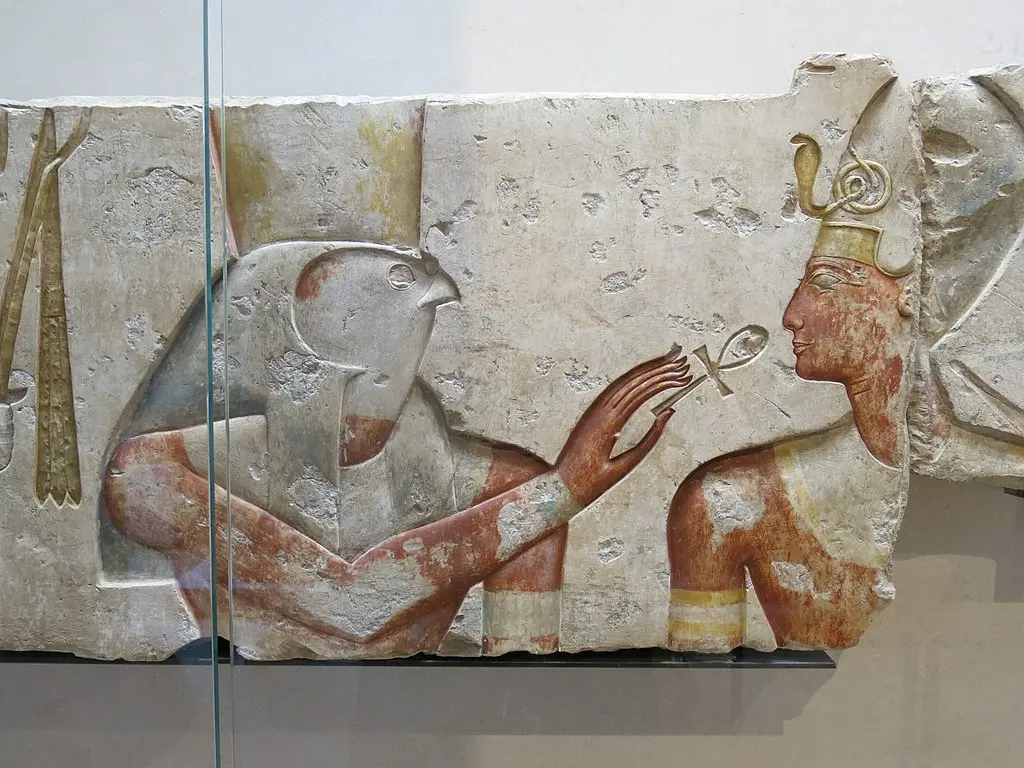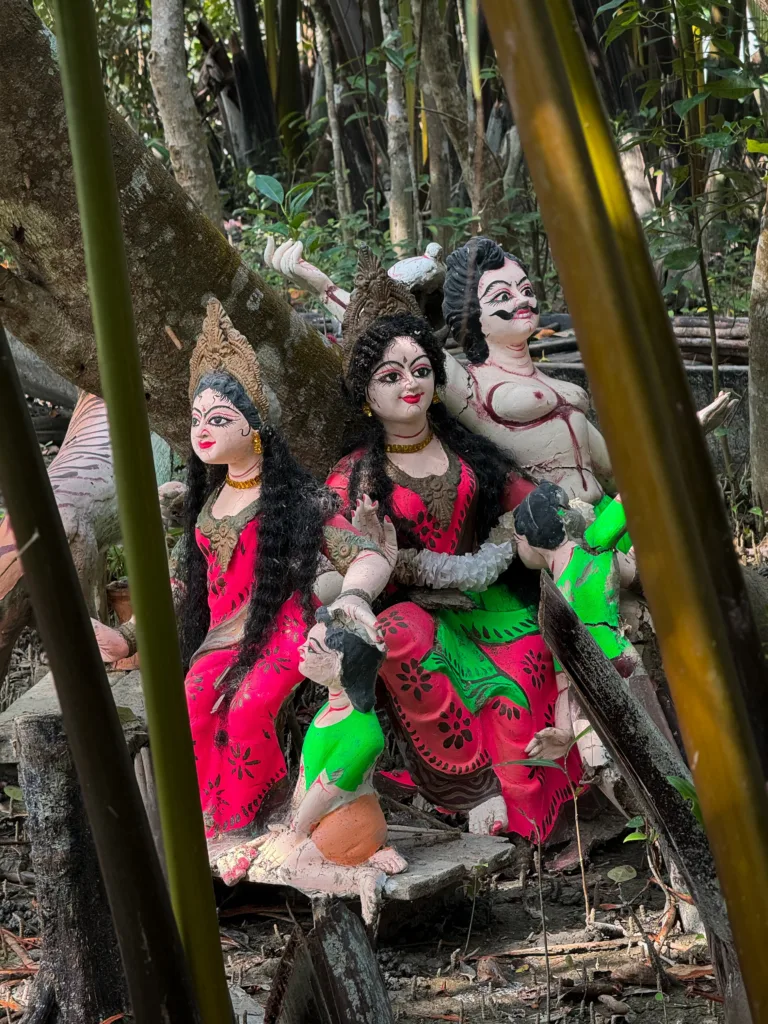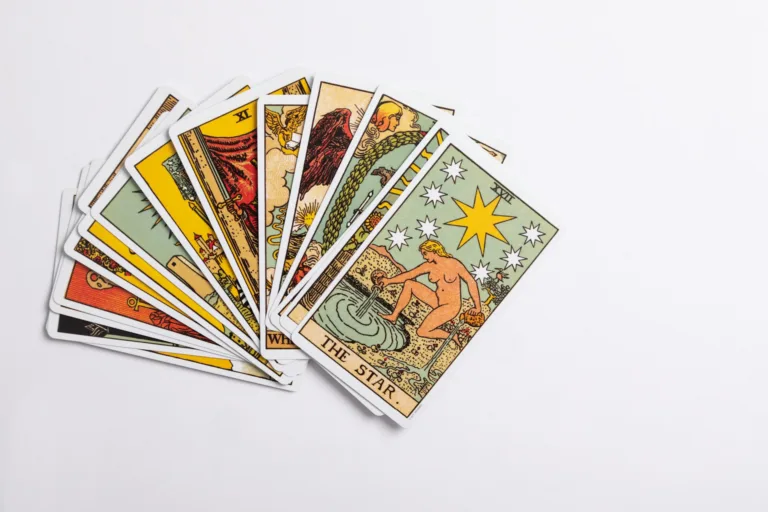In the annals of human thought, few philosophies have shaped a civilization as profoundly as Confucianism has shaped East Asia.
However, Confucianism transcends both religion and philosophy. It is a comprehensive way of living that has deeply influenced the cultural fabric of several societies.
At its heart, Confucianism is about harmony – harmony within oneself, in family, in society, and in the universe. It promotes virtues such as respect for elders, filial piety, benevolence, and righteousness.
These principles have not only guided personal conduct but also formed the bedrock of governmental policies and societal norms across various dynasties in China and beyond.
This article digs deep into the roots of Confucianism, exploring its various facets in a simple and easy-to-understand format. So if you’re ready to learn more, read on!
Table of Contents
Toggle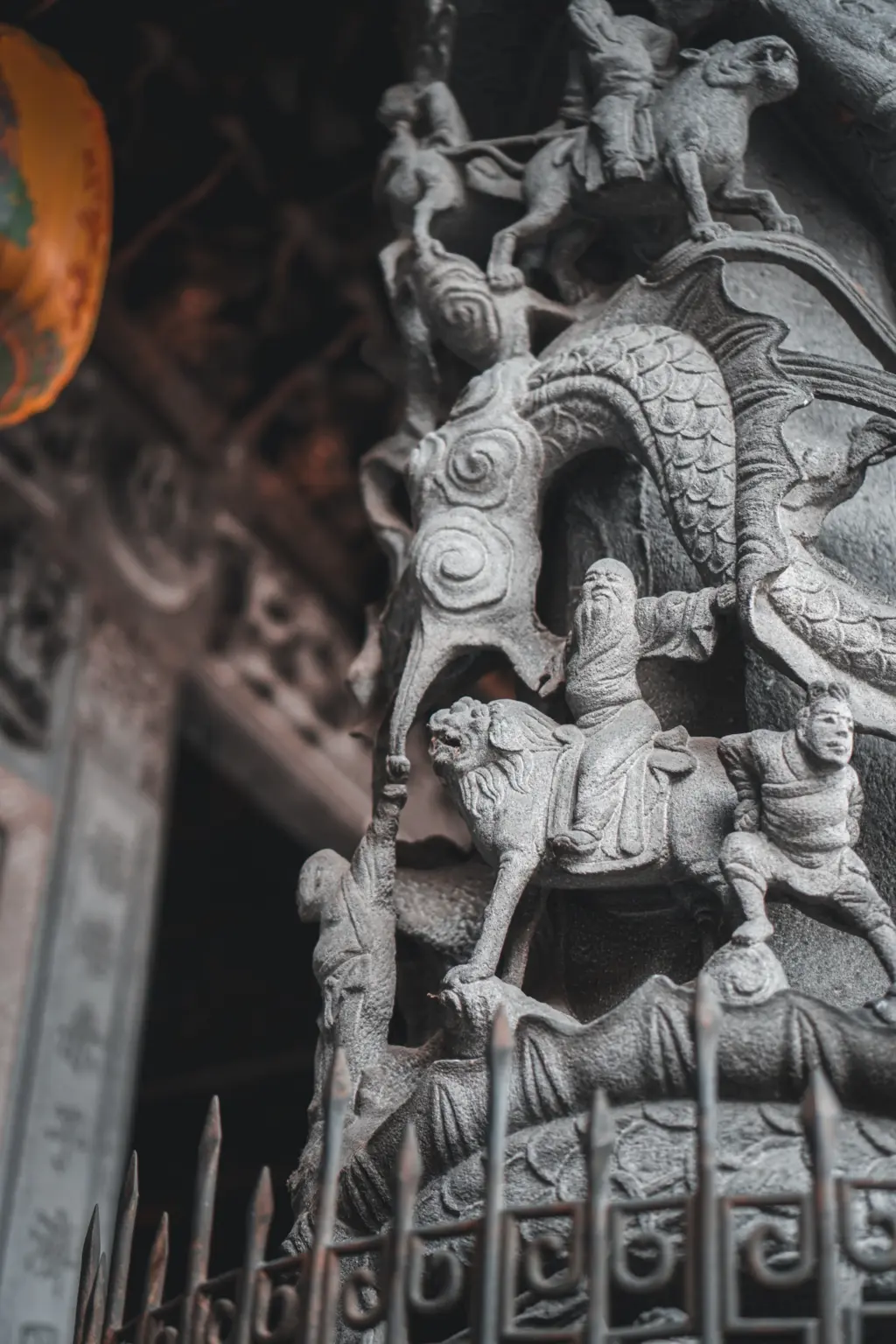
What is Confucianism?
Confucianism is a philosophical and ethical system developed from the teachings of the Chinese philosopher Confucius (Kong Fuzi), who lived from 551 to 479 BCE.
It is not a religion in the traditional sense but rather a way of life and a set of guiding principles for moral conduct, social relationships, and governance. Confucianism emphasizes personal and governmental morality, correctness of social relationships, and sincerity and justice in all actions.
Fundamentally, Confucianism is about creating a harmonious society through the cultivation of virtuous character in individuals and responsible governance by rulers.
It advocates for a hierarchical, orderly society where each person knows and fulfills their societal role, with a strong emphasis on family loyalty and respect for tradition.
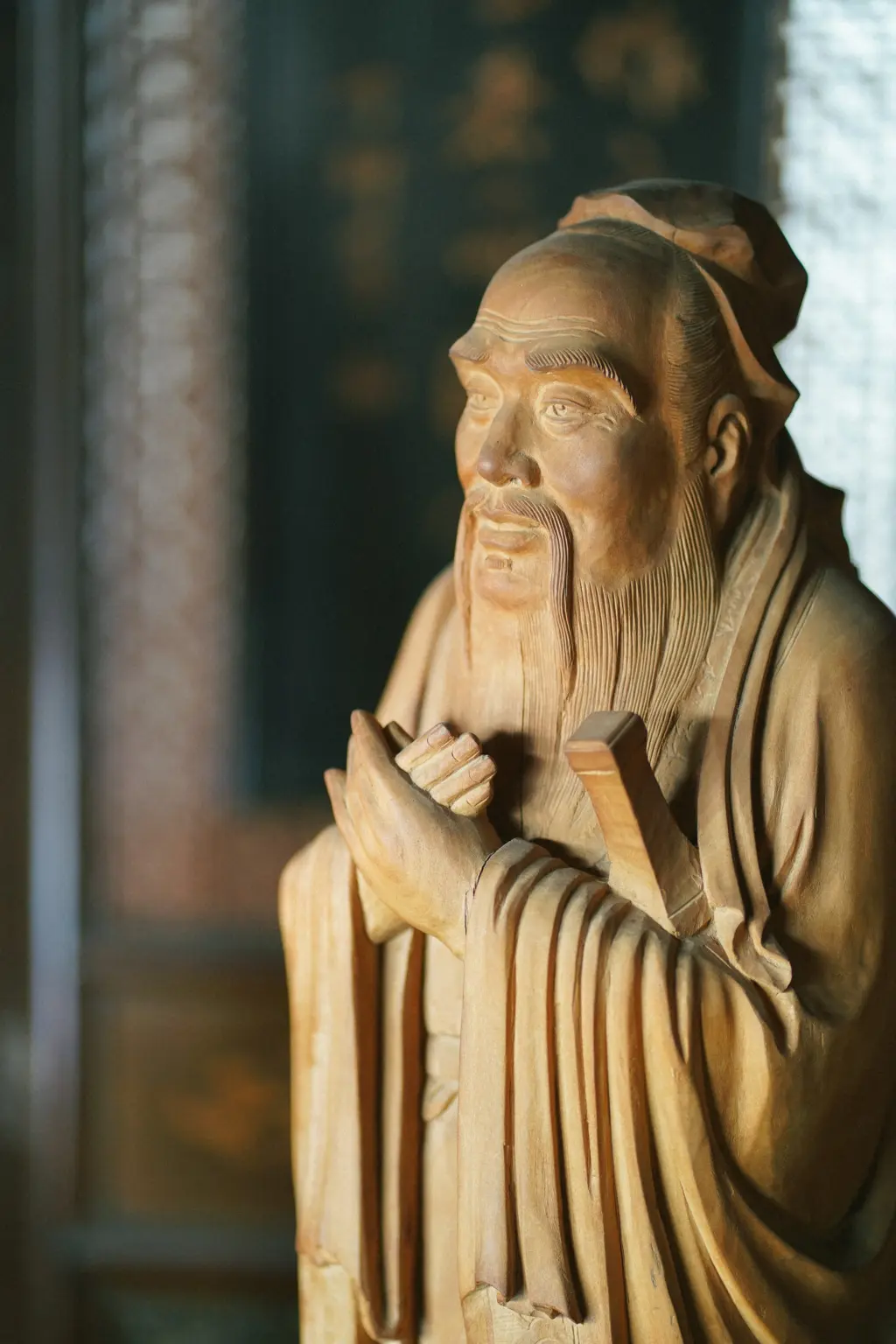
Who is Confucius?
Confucius lived from 551 to 479 BCE in ancient China. He was a philosopher, educator, and political thinker whose teachings and philosophy have had a lasting impact on Chinese culture and society, as well as on many other parts of East Asia.
Confucius was not really a religious leader or prophet but a thinker who sought to address practical moral and social issues of his time. His philosophy wasn’t based on spiritual doctrines but rather on practical ethics and the art of governance.
He emphasized the importance of personal morality, the proper conduct of social relationships, and effective rulership, all aimed at creating a harmonious and orderly society.
Confucianism as an ideology was adopted by various rulers throughout Chinese history to justify their rule and organize society, making Confucius one of the most significant figures in East Asian history.
What are the Sacred Texts of Confucianism?
Confucianism doesn’t have a single sacred text comparable to the holy scriptures of many religions. Instead, it has a set of classic texts that are highly revered and form the basis of Confucian thought. The most important of these are known as the “Four Books” and “Five Classics.”
Four Books
The Analects (Lunyu): This is the most famous of the Confucian texts, consisting of a collection of sayings and ideas attributed to Confucius and his disciples. It is considered the closest source to Confucius’s actual teachings.
Mencius (Mengzi): Named after one of Confucius’s most famous disciples, Mencius, this book expands upon and interprets the teachings of Confucius. It emphasizes the inherent goodness of human nature.
Great Learning (Daxue): Originally a chapter in one of the Five Classics, it later became a separate text. It discusses the steps necessary for individual moral development and for governing others.
Doctrine of the Mean (Zhongyong): Also originating as a chapter from one of the Five Classics, it explores themes of balance and moderation, seen as key to moral and social harmony.

Five Classics
Classic of Poetry (Shijing): A collection of ancient Chinese poems and songs.
Book of Documents (Shujing): A collection of speeches and historical documents from ancient China.
Book of Rites (Liji): A compilation of texts concerning the rituals, customs, and etiquette of the Zhou Dynasty.
I Ching (Yijing, or Book of Changes): An ancient divination text that became an integral part of Confucianism and Taoism.
Spring and Autumn Annals (Chunqiu): A historical record of the State of Lu, Confucius’s native state, covering a period from 722 to 479 BCE.
What are the Symbols of Confucianism?
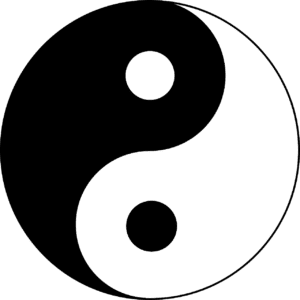
Confucianism does not seem to have a rich tradition of symbolic representation. However, there are a few symbols that have come to be associated with Confucianism and its teachings:
Yin and Yang: While more broadly associated with Chinese philosophy, the Yin and Yang symbol also represents the Confucian ideal of harmony and balance.
Water: Confucius used water as a metaphor in his teachings. He admired its ability to continuously flow (See also: Wu Wei), adapt to its surroundings, and maintain its essence – qualities he considered virtuous for human beings.
Confucian Symbol: Meaning righteousness and harmony with oneself, and others.
What are the Core Beliefs of Confucianism?
Three Fundamental Bonds
The “Sangang” refers to the Three Fundamental Bonds, which are essential relationships defined by Confucian principles. These are:
Ruler and Subject: This bond highlights the importance of a respectful and loyal relationship between a ruler and their subjects. In Confucian thought, a ruler should be just and benevolent towards their subjects. In turn, subjects are expected to be loyal and respectful to a virtuous ruler. A ruler should lead by example, inspiring moral behavior in their subjects.
Father and Son: This bond dictates a hierarchical but caring relationship between parents and children. Parents are expected to raise their children with love, guidance, and moral education. In return, children are expected to respect, obey, and care for their parents, especially in their old age. This bond also extends to a general respect for one’s elders and ancestors.
Husband and Wife: While traditionally, this bond was seen in a hierarchical light, modern interpretations often emphasize mutual respect and support within the marital relationship. The husband and wife are expected to work together to maintain a stable and harmonious family, each fulfilling their respective roles.
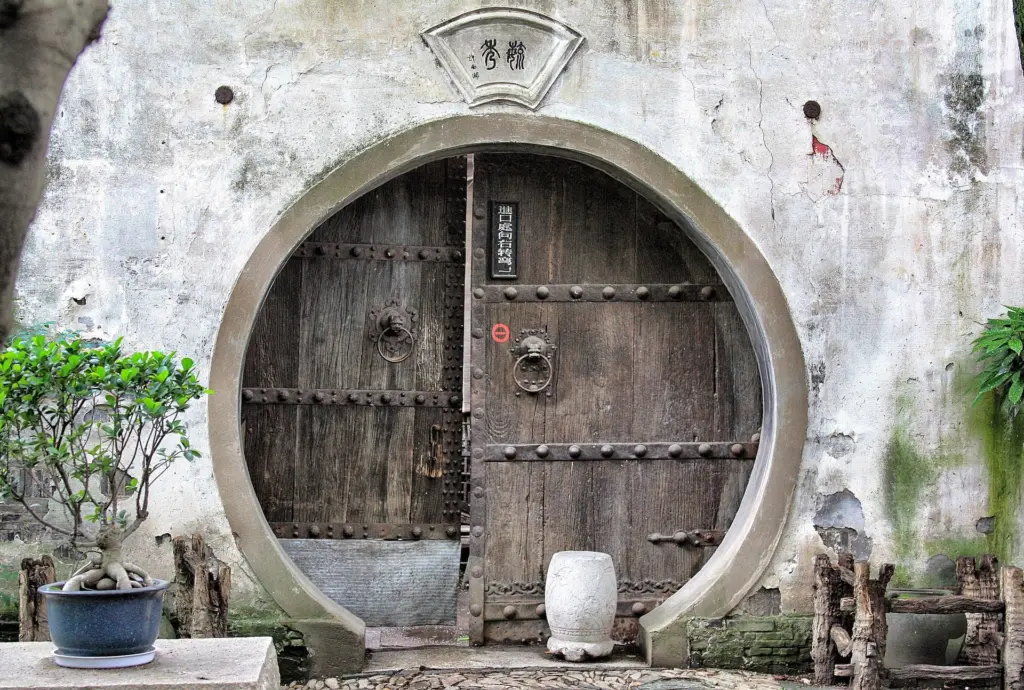
Five Constant Virtues
The Five Constant Virtues (Wuchang) are fundamental ethical principles that guide moral conduct and character development. They are considered universal and unchanging virtues essential for personal cultivation and social harmony. These are:
Ren (Benevolence): Ren involves compassion, empathy, and understanding towards others. It’s about treating people with kindness and respect, embodying the essence of humanity.
Yi (Righteousness): This virtue is about moral uprightness and doing what is ethically right. Yi involves making decisions based on moral principles and standing up for justice, even when it’s challenging.
Li (Propriety): Li covers a range of rituals, social norms, and proprieties. It’s about appropriate behavior, respecting social norms, and adhering to traditions to maintain social harmony and order.
Zhi (Wisdom): Zhi is not just intellectual knowledge; it’s also about the wisdom to make sound and ethical decisions. It involves a deep understanding of life and applying this insight in practical contexts.
Xin (Trustworthiness): Xin focuses on honesty and loyalty. It’s being true to one’s words, maintaining integrity, and being reliable in relationships and commitments.
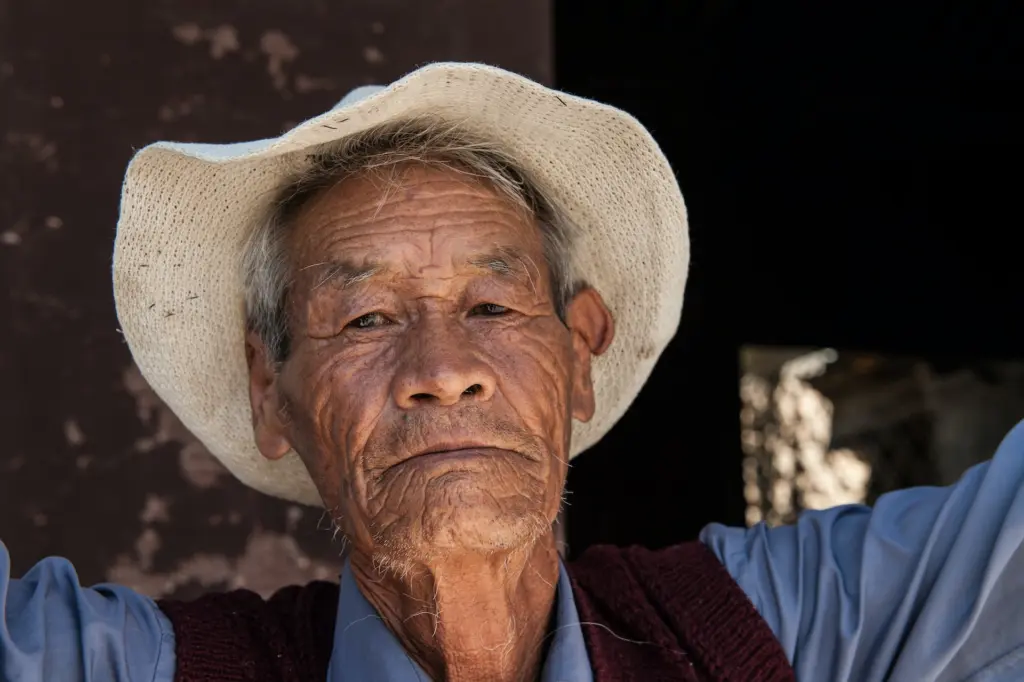
Xiao
Xiao, or Filial Piety, is a central virtue that emphasizes the importance of respect, care, and loyalty towards one’s parents and elders.
The concept of Xiao encompasses a deep sense of responsibility and devotion to one’s family. This includes caring for parents in their old age, showing them respect and deference, and upholding family traditions.
Filial piety also involves ensuring the well-being and happiness of parents, recognizing and appreciating the sacrifices they have made.
In a broader sense, Xiao is seen as a fundamental building block for a harmonious society. It instills a sense of duty and respect for authority, which extends beyond the family to include teachers, elders, and societal leaders
Junzi
Originally denoting the son of a ruler, the term “Junzi” evolved to signify a person of exemplary virtue and ethical conduct.
A Junzi is someone who embodies the highest moral standards espoused by Confucianism. This includes not only personal qualities like honesty, integrity, and humility but also a commitment to the welfare of others and society at large.
The Junzi is marked by their ability to balance personal desires with societal duties, always acting with the greater good in mind.
The cultivation of oneself as a Junzi involves constant self-improvement. Furthermore, a Junzi is expected to be a role model, setting an example for others in society.
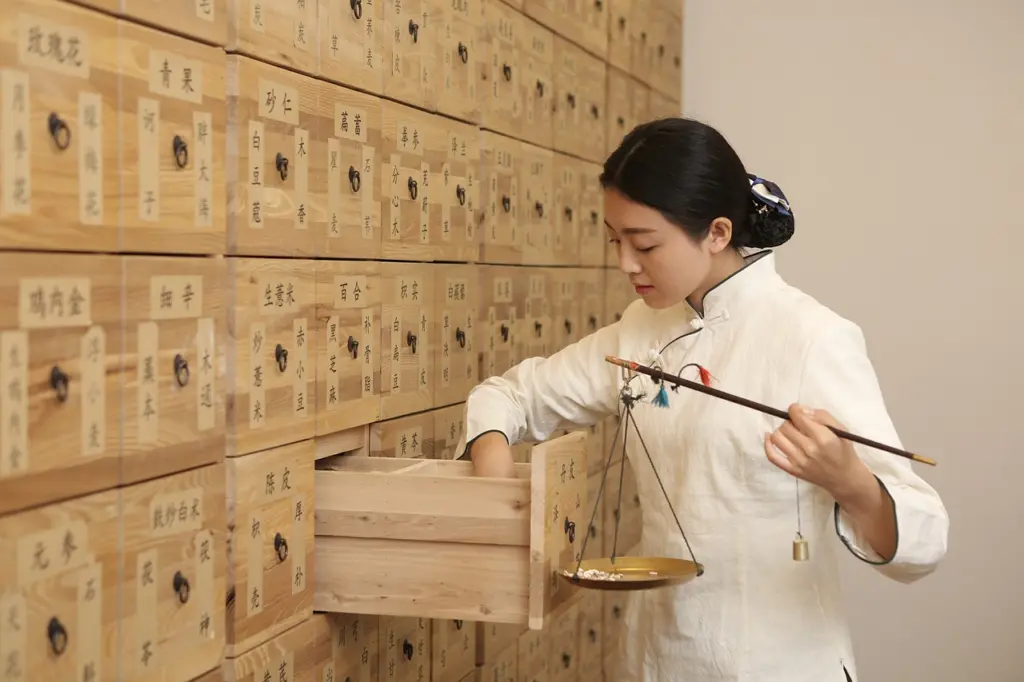
What are the Core Principles of Confucianism?
The core principles of Confucianism provide a framework for personal conduct, social interactions, and governance. Here are some examples of princples that focus more on practical application in daily life:
Role Ethics: A distinctive element of Confucianism is its emphasis on role ethics, which asserts that ethical behavior arises from the fulfillment of one’s roles in society. Each individual has specific obligations and duties based on their social roles (such as parent, child, ruler, subject, etc.), and moral behavior is defined in terms of fulfilling these roles appropriately.
Rectification of Names (Zhengming): This principle asserts that social disorder often stems from the failure to understand and act according to the true nature of roles and relationships. Ensuring that individuals act according to their designated roles within society’s hierarchy is crucial for social harmony.
The Concept of Reciprocal Duty: Each social relationship involves a set of reciprocal duties and responsibilities. For example, the ruler has a duty to be benevolent, while the subjects have a duty to be loyal.
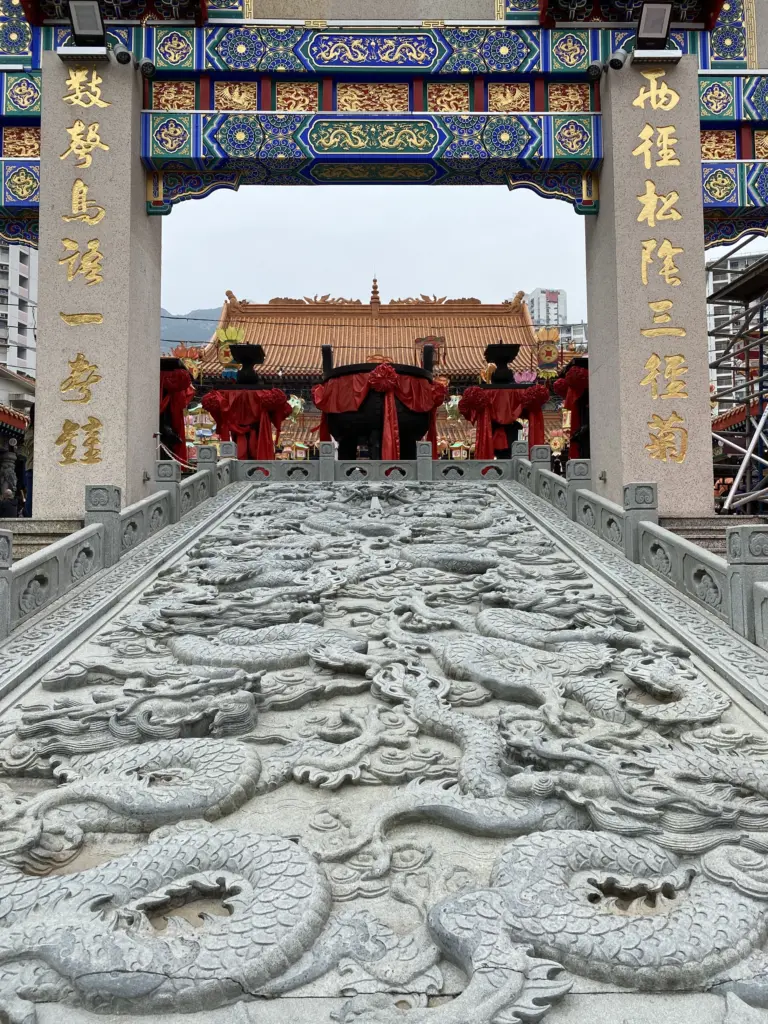
Confucianism by Country
Confucianism has been a significant influence in several East Asian countries, each adapting its teachings to their cultural contexts. Precise data on the number of Confucian adherents is challenging to ascertain, as Confucianism often blends with other religious practices, and its influence is more philosophical than strictly religious.
In China, Confucianism was the official state philosophy for various dynasties. In contemporary China, there is a noticeable revival of Confucian values, especially in education and public life.
In Hong Kong, I also saw several temples such as the Wong Tai Sin Temple which is a syncretic temple for Buddhist, Taoist, and Confucian adherents.
South Korea, where Confucianism was introduced around the 4th century, saw its significant impact during the Joseon Dynasty. Confucian values, particularly in family relations, education, and social rituals, continue to influence South Korean culture and Korean Buddhism.
In Japan, Confucianism was introduced in the 5th century and became a major influence from the Edo period. Its impact is seen in Japanese ethics, education, and governance, often blending with Shinto and Buddhist practices (known as Shugendo).
Vietnam, where Confucianism was a dominant philosophy during the feudal period, still sees its role in the modern society, especially in education and family values. Like in other regions, it’s integrated with Buddhism and Taoism, but just go to Hanoi and you’ll find plenty of Confucian temples still standing to this day.
Taiwan also demonstrates significant Confucian influence, especially in education, with Confucius’s birthday celebrated as Teacher’s Day.
What are the Customs of Confucianism?
Ancestral Altars: Many families influenced by Confucianism maintain ancestral altars in their homes. These altars are customarily used to honor deceased family members. The practice involves placing photos, incense, and offerings at the altar.
Marriage: In a traditional Confucian wedding, there are specific rituals such as paying respect to the Heaven and Earth, the family ancestors, and the parents of both bride and groom.
Tomb Sweeping Day (Qingming Festival): This is a key Confucian custom where families visit the graves of their ancestors to clean the tombstones, offer food, burn incense, and pay respects.
First Writing Ceremony (Zhuazhou): A child’s first writing ceremony is often celebrated. This involves the child holding a writing brush and symbolically writing characters, highlighting the Confucian emphasis on education.
21-Day Mourning Period: In traditional Confucian mourning customs, family members of the deceased observe a mourning period, often lasting 21 days, where they wear mourning attire and follow certain restrictions to show respect and grief for the deceased.
Seclusion of the Bride: In some traditional Confucian wedding customs, the bride may go through a period of seclusion before the wedding, symbolizing the transition from her family to her husband’s family.

